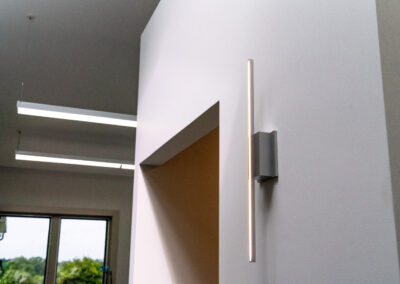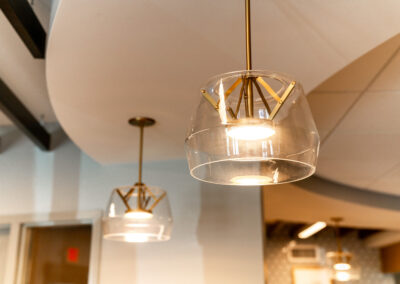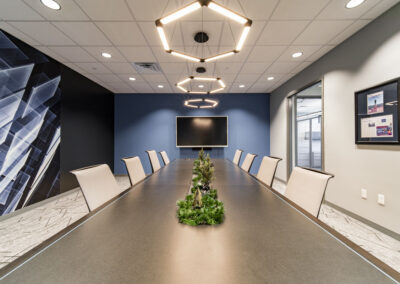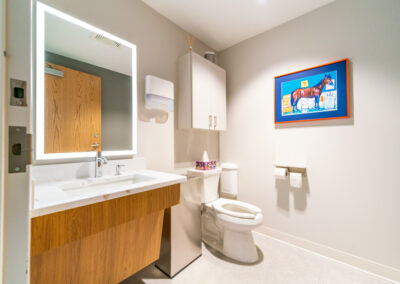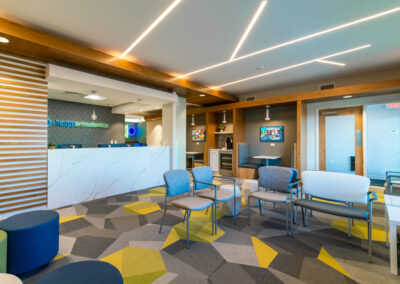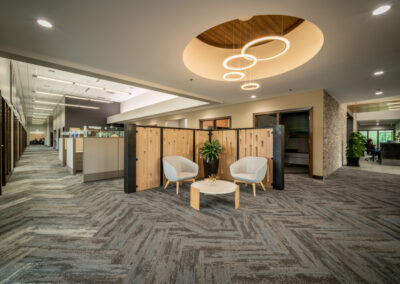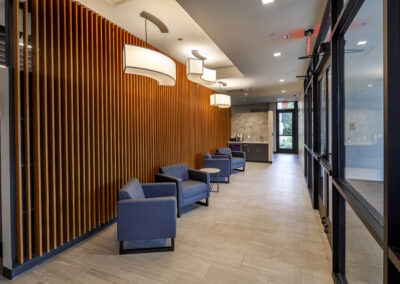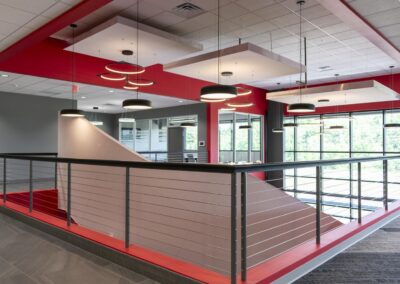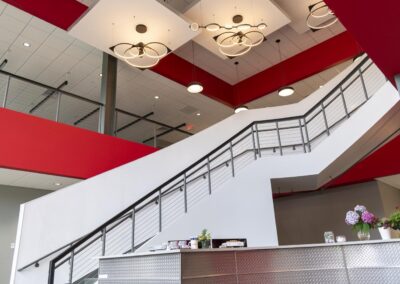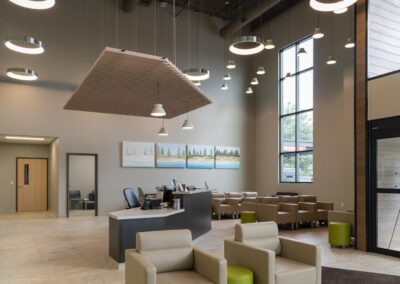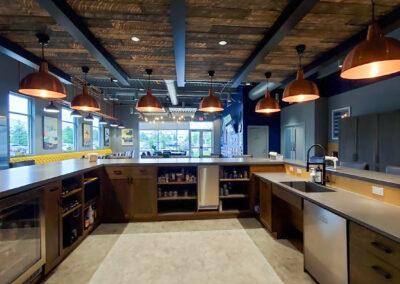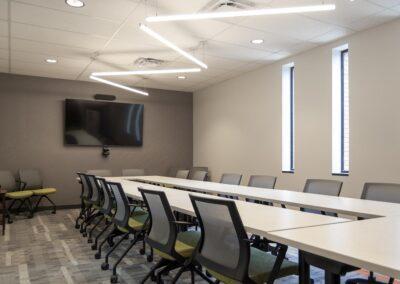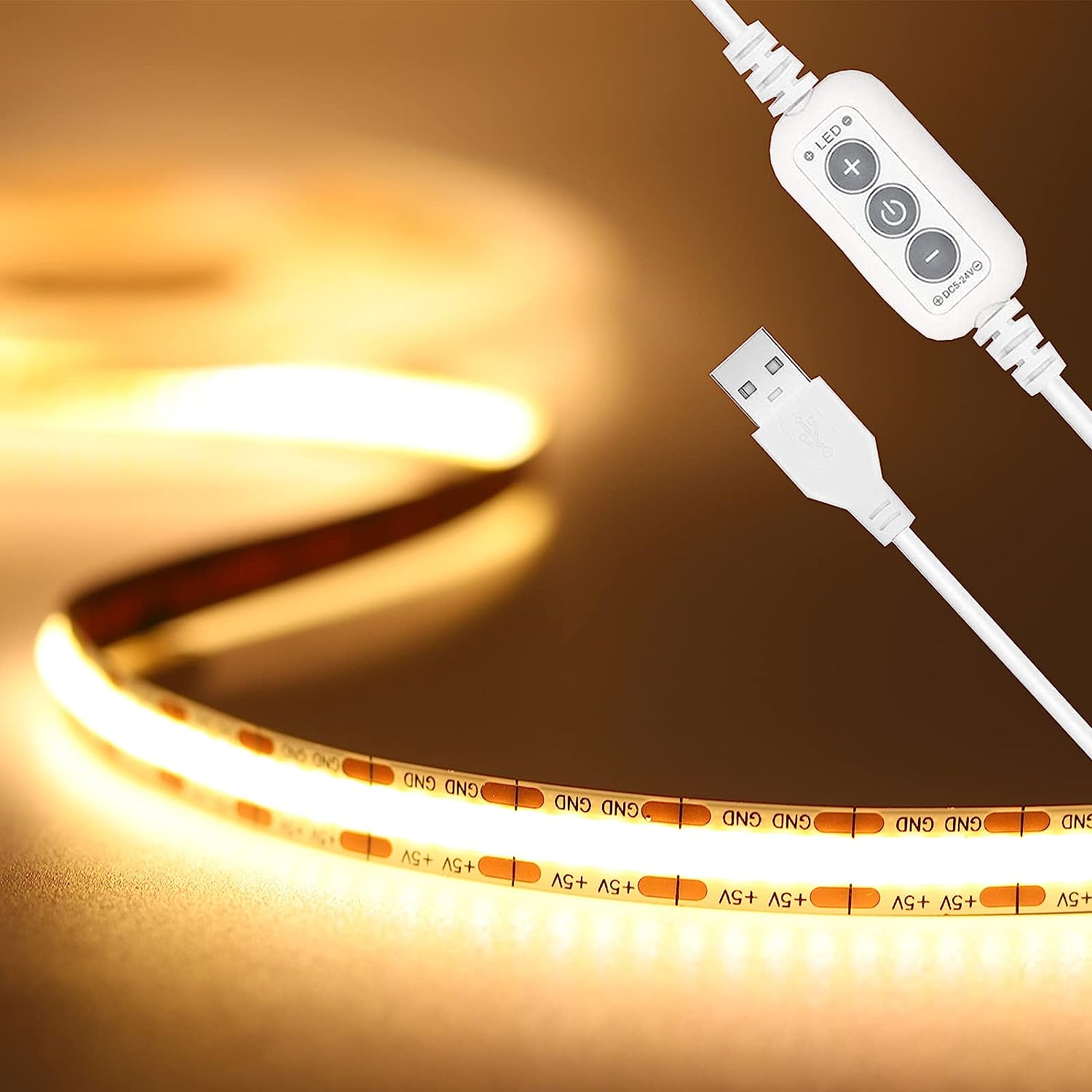
With the introduction of LED* lighting over ten years ago, the world of lighting and lighting design has exploded. Now, more than 80% of all lighting is LED. This is mostly because of their high efficiency and low power consumption as compared to traditional incandescent bulbs. LED doesn’t just allow for creative light fixtures but also expands the possibilities in lighting solutions and environmental control.
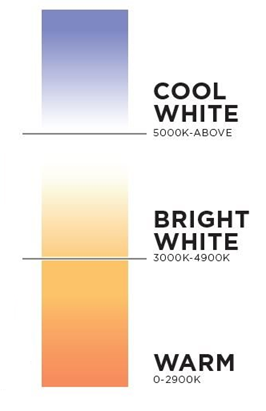
One outcome is the ability to control the light’s color, imitating a variety of experiences. That color temperature is measured by Kelvins. Low numbers are warmer, and high numbers are cooler. To make something feel “homey” we use lower numbers. When we need a clinical effect, we use higher numbers. Have you ever heard someone say, “It feels like a hospital in here!”. That is likely because the space has a high Kelvin measurement when it needs to be lower. Interior designers can match the environment to the Kelvin for the most comfortable experience.
Another aspect of LED lighting is size and flexibility. Since the lumens come from a chip, that small chip can be put into a variety of housings, making it easier to find lighting for every situation; whether it’s architectural, theatrical, or practical (see photos of examples).
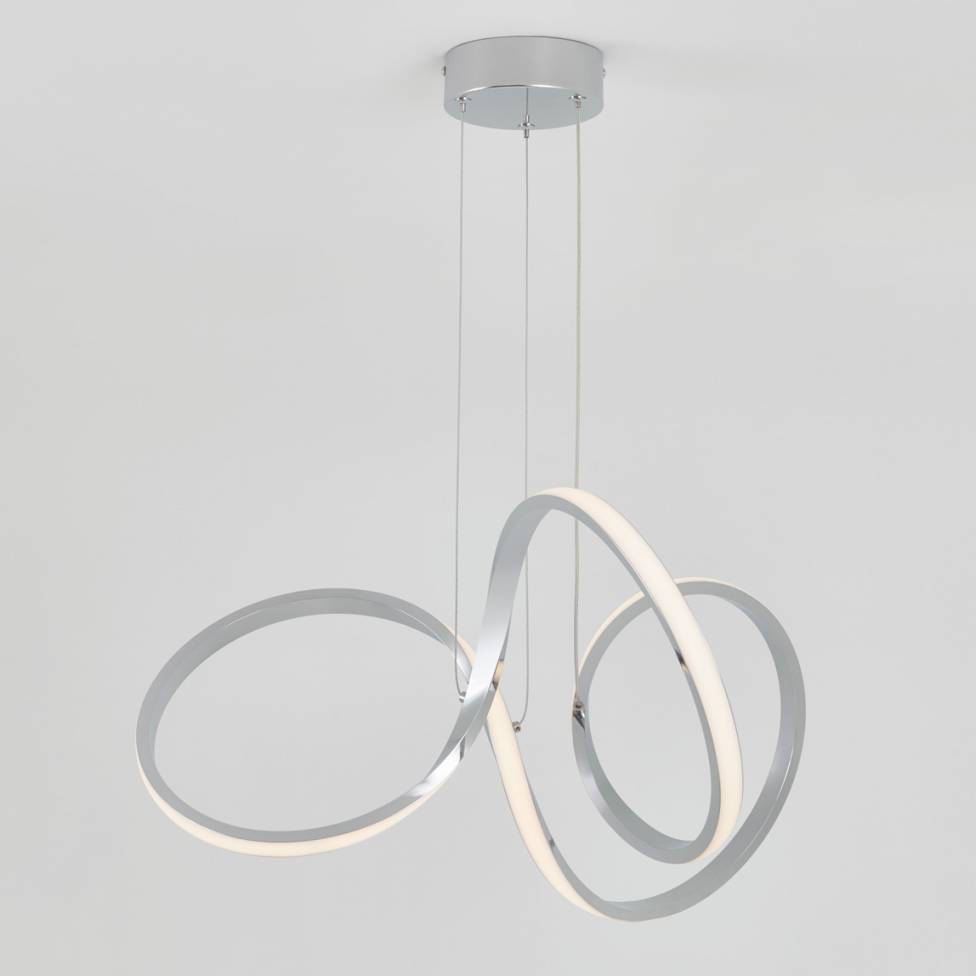
At r.o.i. Design, we work with lighting engineers to assist in specifying fixtures along with their colors and lumens. We used to use a measurement called foot-candles to describe the amount of light in a room. Now the industry uses lumens, specifically lux, which is one lumen per square meter. Not only is the color of light important, but its brightness is critical in creating comfort for the user.
Interior design is highly affected by light. All finishes look very different depending on the color of the light. We can be leaders in interior design by providing expertise in lighting design.
(*) LED stands for light emitting diode. LED lighting products produce light up to 90% more efficiently than incandescent light bulbs. How do they work? An electrical current passes through a microchip, which illuminates the tiny light sources we call LED, and the result is visible light.
Below are some examples of interesting LED lighting we have used on recent jobs. Click on the thumbnails to enlarge.

